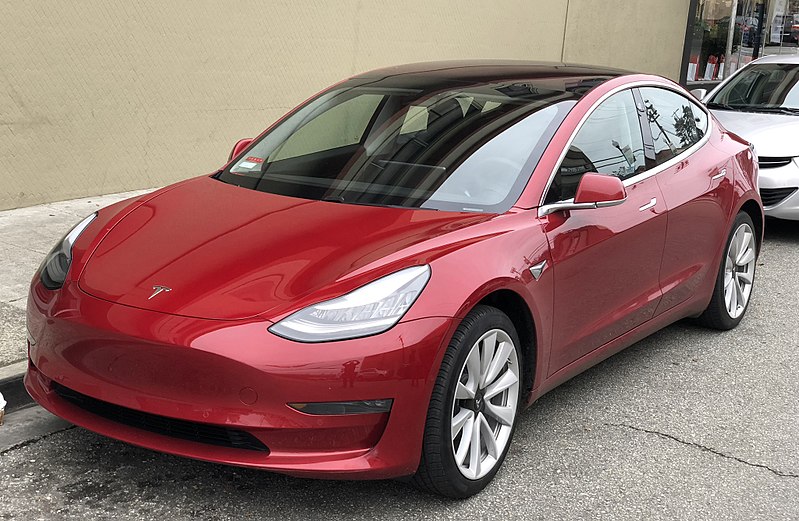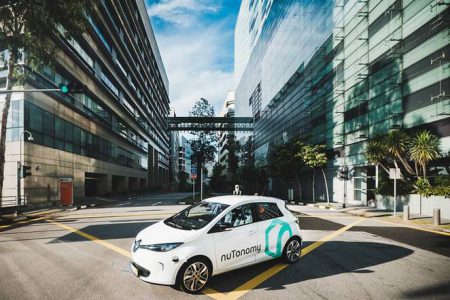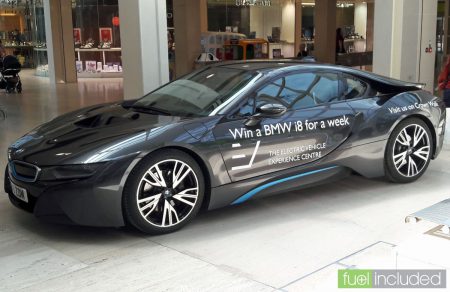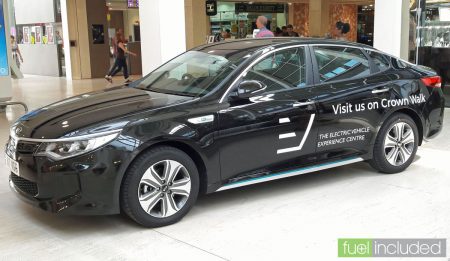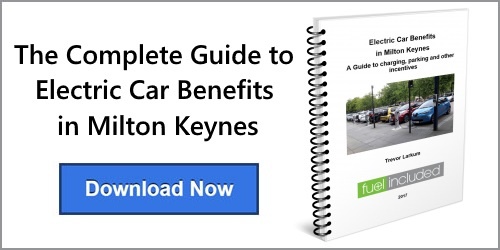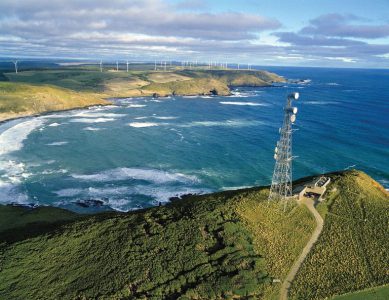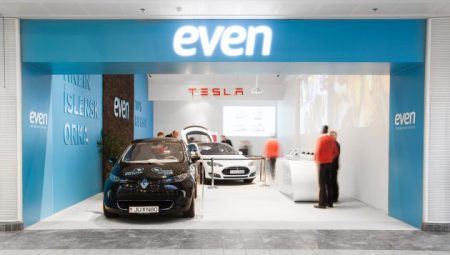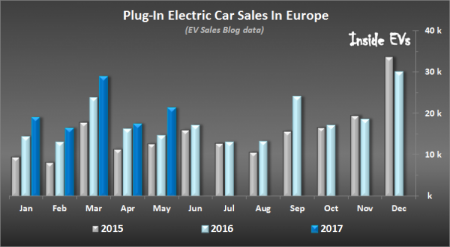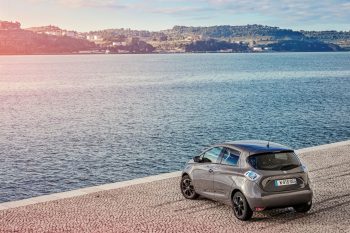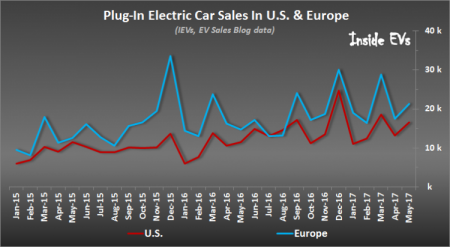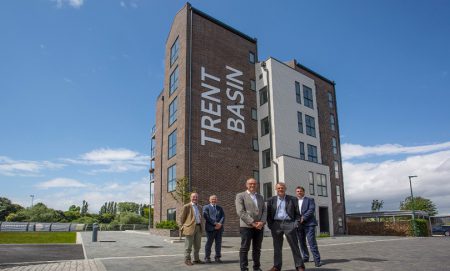Tesla’s long-awaited mass-market electric car will begin rolling off the assembly line this week. But even as it moves ahead, the automaker is encountering challenges to its ambitious plans for growth.

On Monday, it acknowledged that it had experienced a “severe shortfall” in production of 100-kilowatt battery packs that use new technologies and are made on new assembly lines.
As a result, Tesla’s output of 25,708 cars in the second quarter barely exceeded its first-quarter production, though it was a 40 percent increase from a year ago.
Until June, the supply of battery packs was about 40 percent below demand, Tesla said, though supplies improved last month.
The hiccup in production appeared to have unsettled investors. Tesla stock fell $8.99, or 2.5 percent, to $352.62.
Tesla said production of its first midpriced car, the Model 3, would begin on Friday, two weeks earlier than planned, with the first deliveries on July 28.
Elon Musk, Tesla’s chief executive, said late Sunday on Twitter that production would increase quickly, with 100 Model 3s produced in August and 1,500 or more in September. He said that he expected the company to be able to produce 20,000 a month starting in December.
The Model 3 is a critical test for Mr. Musk and his ambitious plan to turn Tesla into a producer of mass-market electric cars.
Until now, the company has manufactured luxury cars in relatively small numbers, typically selling them for $90,000 or more. In 2016, it made about 85,000 vehicles. General Motors, by contrast, produced more than nine million cars and light trucks.
The Model 3 will be priced around $35,000. Mr. Musk envisions it reaching a much wider range of customers and has said he expects it to push Tesla’s output to 500,000 cars a year in 2018.
Read more: The New York Times
